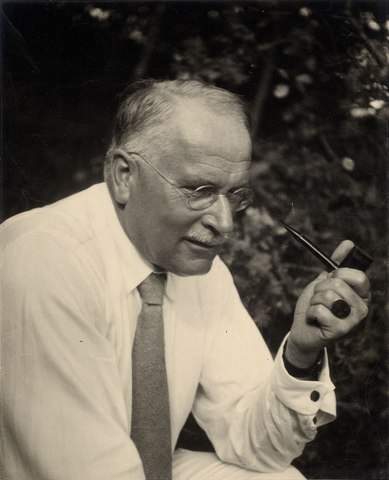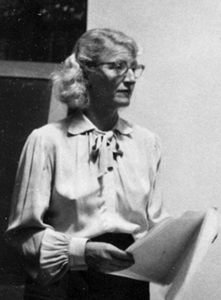
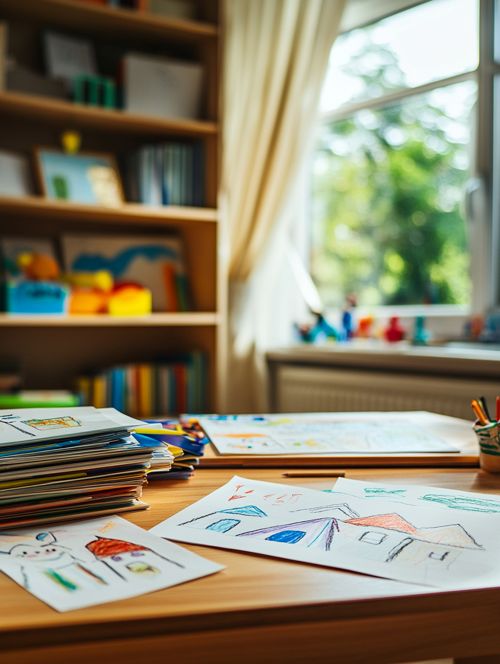
Why analyze children’s drawings?
Take a photo of your child’s drawing and upload it for analysis. This is the first step to understanding their emotions more deeply.
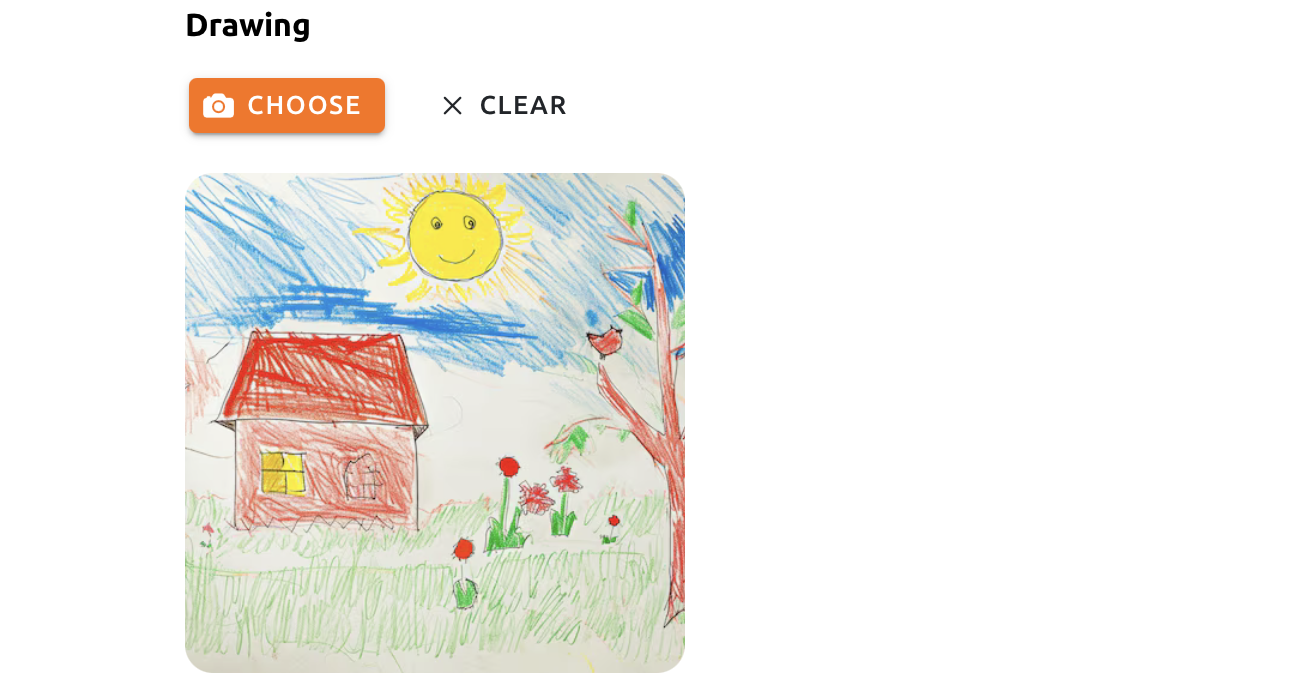
To ensure an accurate and helpful analysis, please answer a few simple questions about the context of the drawing.
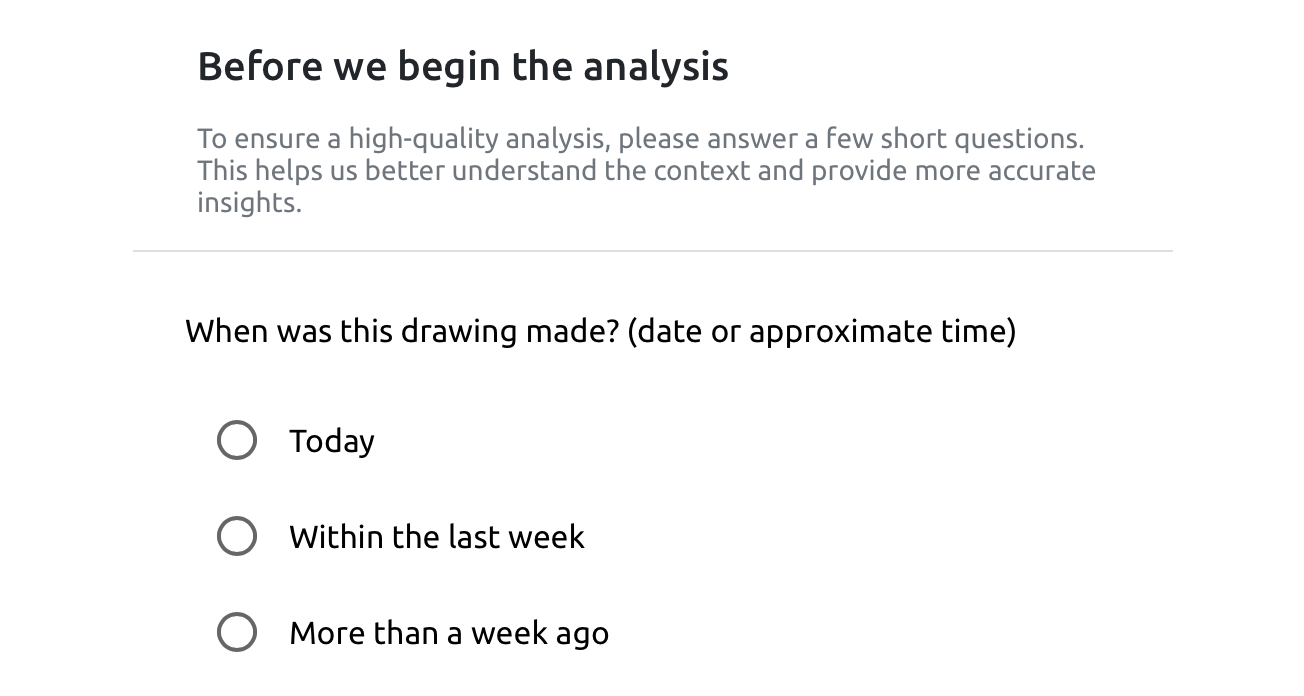
You’ll receive an in-depth psychological analysis of the drawing, including advice for parents. The result can be saved as a PDF.
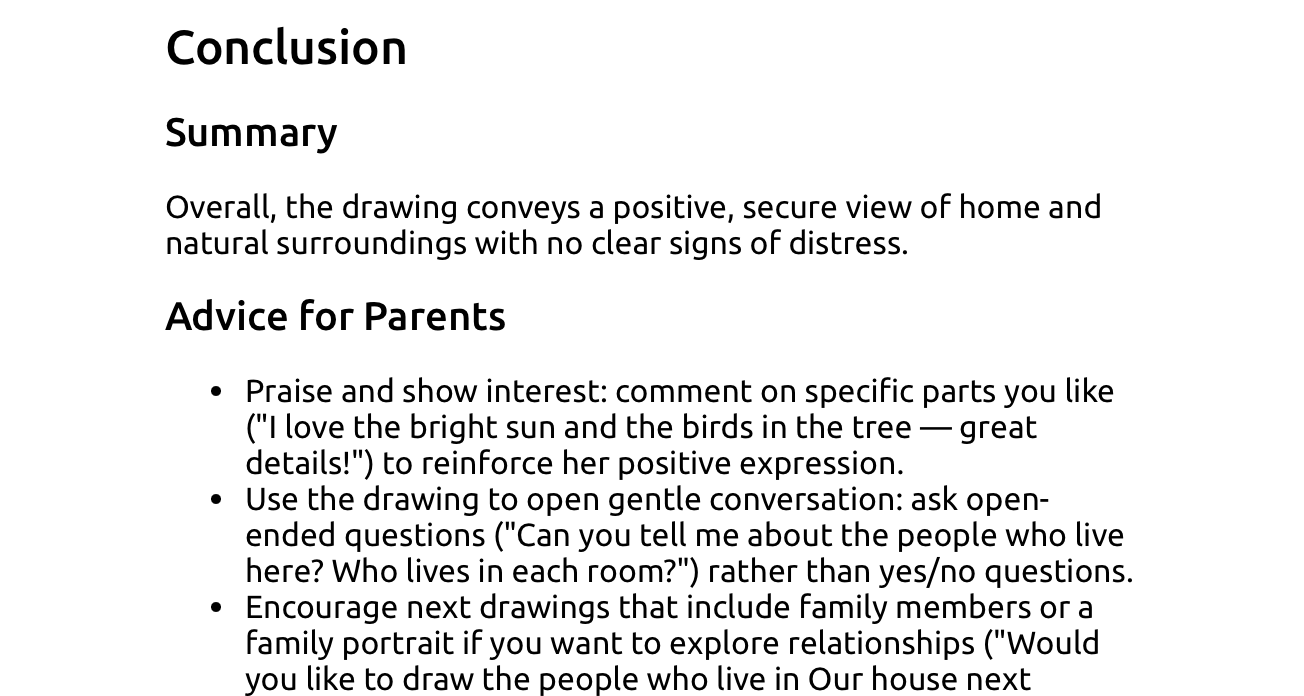
Instant access to Family plan for the first month.
Try the full experience for a symbolic price.
For occasional use.

Best for family use.
Ideal for professionals and educators.

